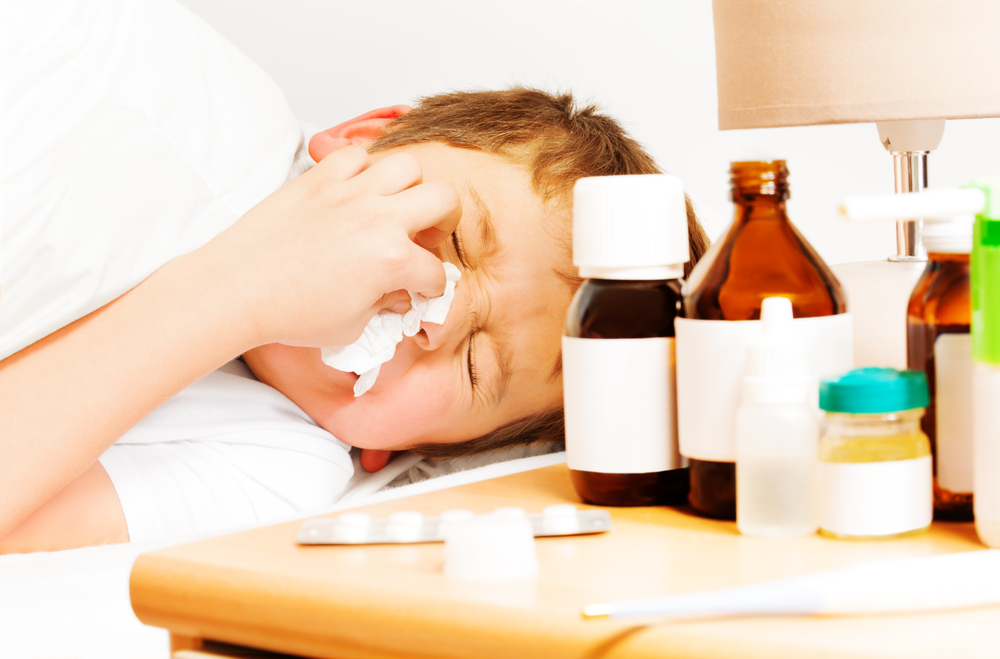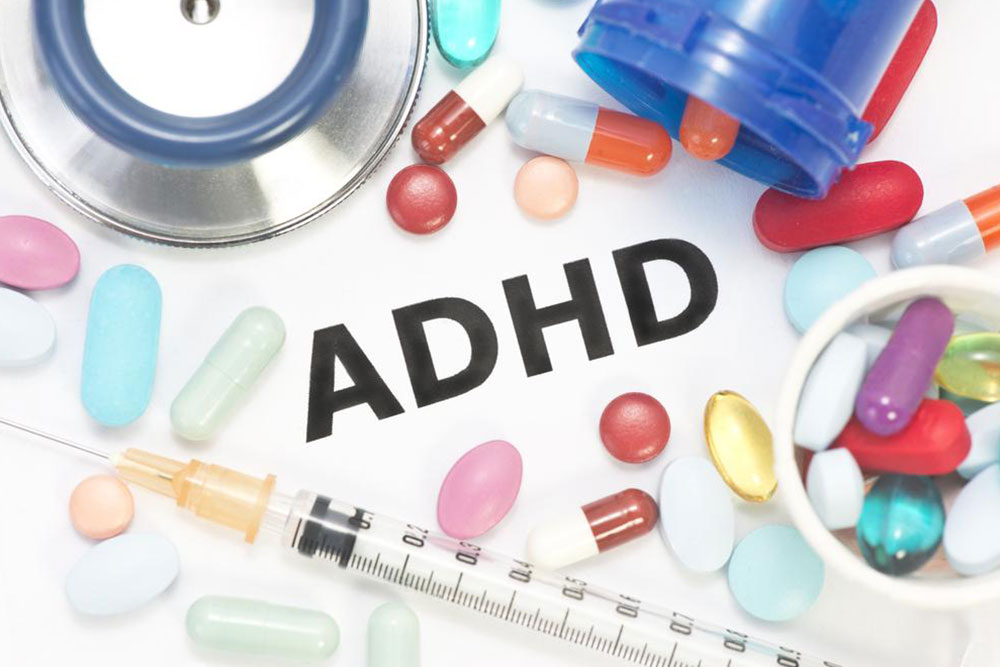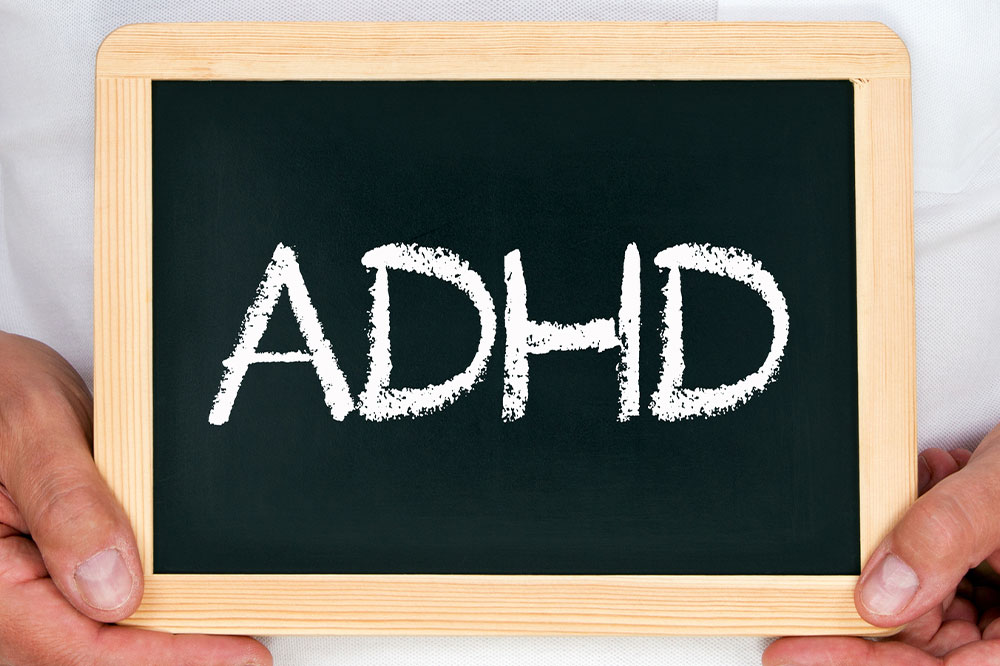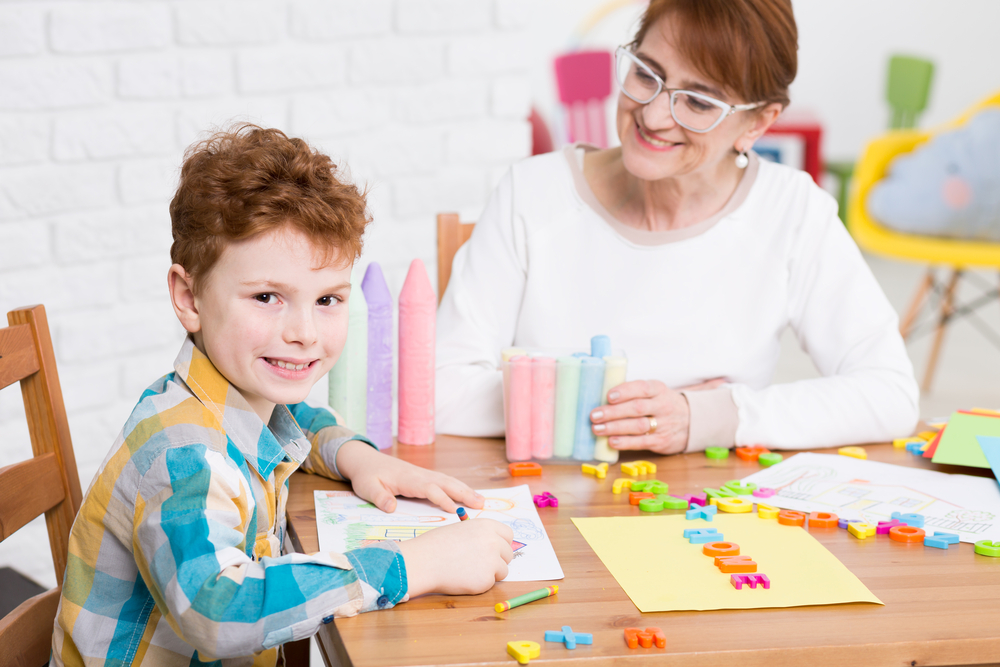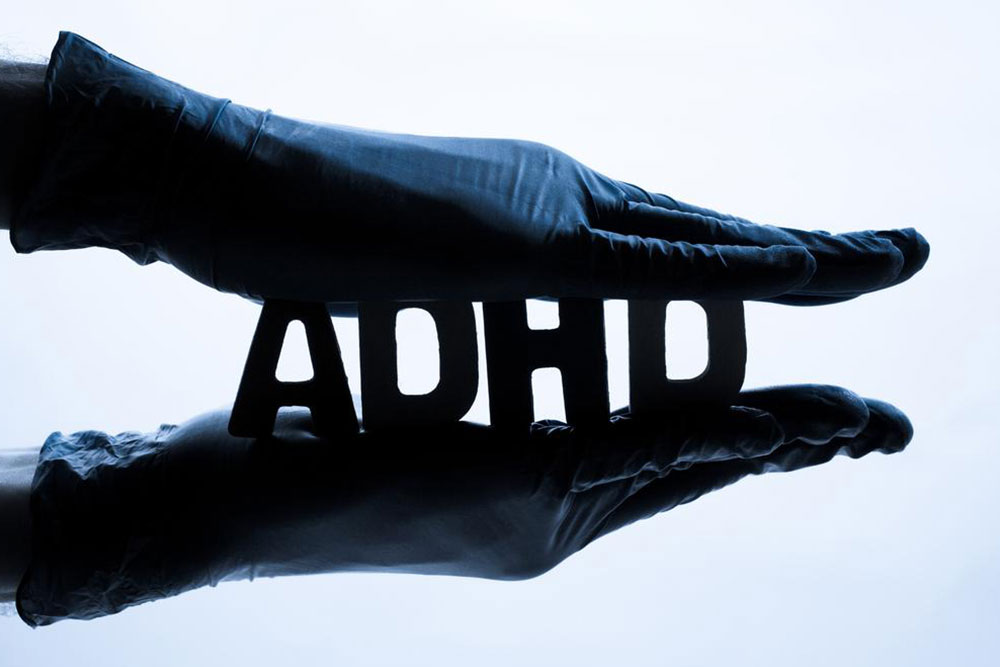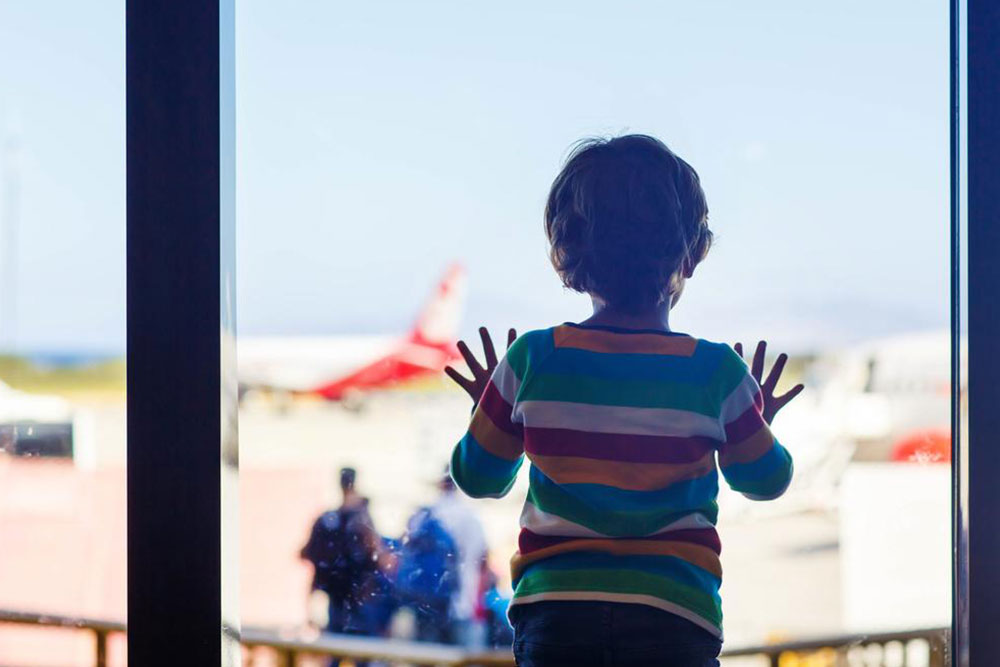Identifying and Managing Childhood ADHD Symptoms
Discover how to recognize and manage ADHD in children with tips on symptoms, diagnosis, and treatment options. Early intervention is key to helping children develop social and behavioral skills. Learn about medication types and behavioral therapies to support affected kids effectively.
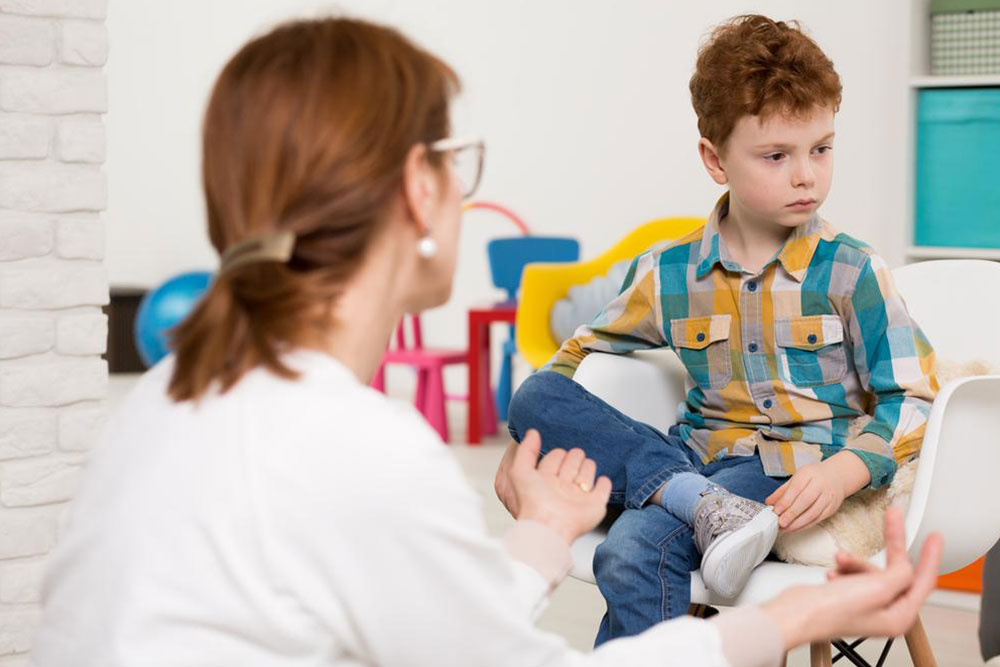
Recognizing and Treating ADHD in Kids
Encouraging children to focus on their schoolwork can be challenging, but some kids struggle with attention even during non-academic activities. These children may have Attention Deficit Hyperactivity Disorder (ADHD). There are three primary types of ADHD:
Combined Type: Children display hyperactivity, impulsiveness, and difficulty concentrating, making it the most prevalent form.
Hyperactive Type: Kids here can focus but exhibit excessive activity and impulsiveness.
Inattentive Type, also called Attention Deficit Disorder (ADD), is harder to identify because children do not show hyperactive behaviors and may withdraw socially without disrupting class.
While there is no cure for ADHD, it can be managed effectively through medication and behavioral therapy. Early recognition of symptoms is crucial for effective assistance. Signs include:
Fidgeting constantly
Remaining in perpetual motion
Ignoring instructions frequently
Difficulty staying seated or playing quietly
Talking excessively
Easily distracted
Struggling to complete tasks
Interrupting conversations unprompted
However, such behaviors can sometimes be mistaken for normal childhood actions or responses to sudden life changes like moving homes or medical issues affecting brain function.
Diagnosing ADHD in children under five is particularly challenging because their behaviors change rapidly.
If a child exhibits six or more symptoms consistently over six months, they might have ADHD. No definitive test exists; diagnosing involves comparing the child's behaviors to peers and gathering reports from parents, teachers, and caregivers.
Treatment includes medication—either stimulants or non-stimulants, with non-stimulants usually preferred due to their lower addiction potential. Medications vary from short-term to long-lasting options, with mild side effects that typically resolve quickly. Behavioral therapies focus on establishing routines and teaching social skills to support affected children.
Note:
This blog offers valuable information across various topics. While our research provides insights, it should not replace professional medical advice. The website is not responsible for data discrepancies or inaccuracies and may not include all available schemes or offers beneficial to readers.



